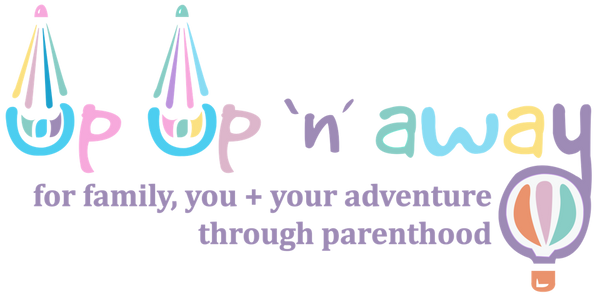Photo Source: https://www.madeformums.com
Labour and childbirth is usually a painful experience and women vary in their response to it. Some women wish to avoid drugs or other medical interventions, while others are happy to consider all available options. It is a good idea to be aware of all your alternatives and the different methods of pain relief in order to make an informed decision.
The below article looks at Transcutaneous electrical nerve stimulation (TENS) as a form of pain relief.
What is TENS?
Transcutaneous electrical nerve stimulation (TENS) is little pulses of electrical energy which are administered to you via a machine. The machine consists of a small box with a clip that attaches to your clothing, and four wires connecting to sticky pads. TENS machines assist in having a natural birth, and can be hired for use at home for the beginning of labour, through to birth.
Your birth partner can place the pads on your back for you, two on either side of your spine at about bra-strap level, and the other two lower down, at about the level of the dimples in your bottom. The pads are covered in a gel to help the electrical pulses pass through your skin more easily.
The frequency and strength of the pulses can be controlled via a dial on the machine, along with a boost button for you to hold in your hand and press for maximum output to help you with a difficult contraction.
When and how should I use TENS?
TENS is most effective when used from the very beginning of your labour, so hire a TENS machine and use it at home before you go into hospital, if you're having a hospital birth.
It takes about an hour for your body to respond to the electrical impulses by releasing endorphins, so begin using the machine when you're getting regular contractions or backache. You may find it is more effective at relieving your backache than abdominal pain.
Begin with the controls at their lowest settings and turn them up gradually as your contractions or back pain becomes more intense. Use the boost button at the peak of contractions for maximum output and relief.
Very few hospitals provide TENS units. This is partly because most women are only admitted to labour wards once they are in established labour, by which time TENS does not work as well. You may bring your machine with you if you wish to continue using it in established labour.
What are the advantages of TENS?
- It's portable and non-invasive.
- It's under your control.
- TENS is easy to use.
- You can keep moving while using it.
- You can use it for as long as you want and then take it off.
- There are no lasting side-effects.
- It's safe for your baby.
- It doesn't need an anaesthetist, doctor or midwife to administer, so you can start using it as soon as you want to.
- It can be used for a home birth.
What are the disadvantages of TENS?
- You will need assistance putting the pads on.
- It may only help in the early stages of labour.
- Hiring a TENS machine costs between $60 and $80 plus postage for a month to six weeks.
- It may have to be removed if your baby's heart has to be monitored electronically.
- Having a TENS machine connected can make it more difficult for your birth partner to massage your back, which can be an effective form of pain relief.
- TENS can not be used whilst in the water during a birthing pool or bath pregnancy.
Useful tips for using TENS:
- Persevere, and don’t give up immediately if you think your TENS is not working. It takes at least an hour for your body to build up endorphins in response to the stimulation.
- Take the pads off every three hours and smear them again with gel before reapplying them to ensure maximum contact.
- Keep mobile. Moving around during labour helps women feel more in control and should therefore enhance the effect of TENS.

